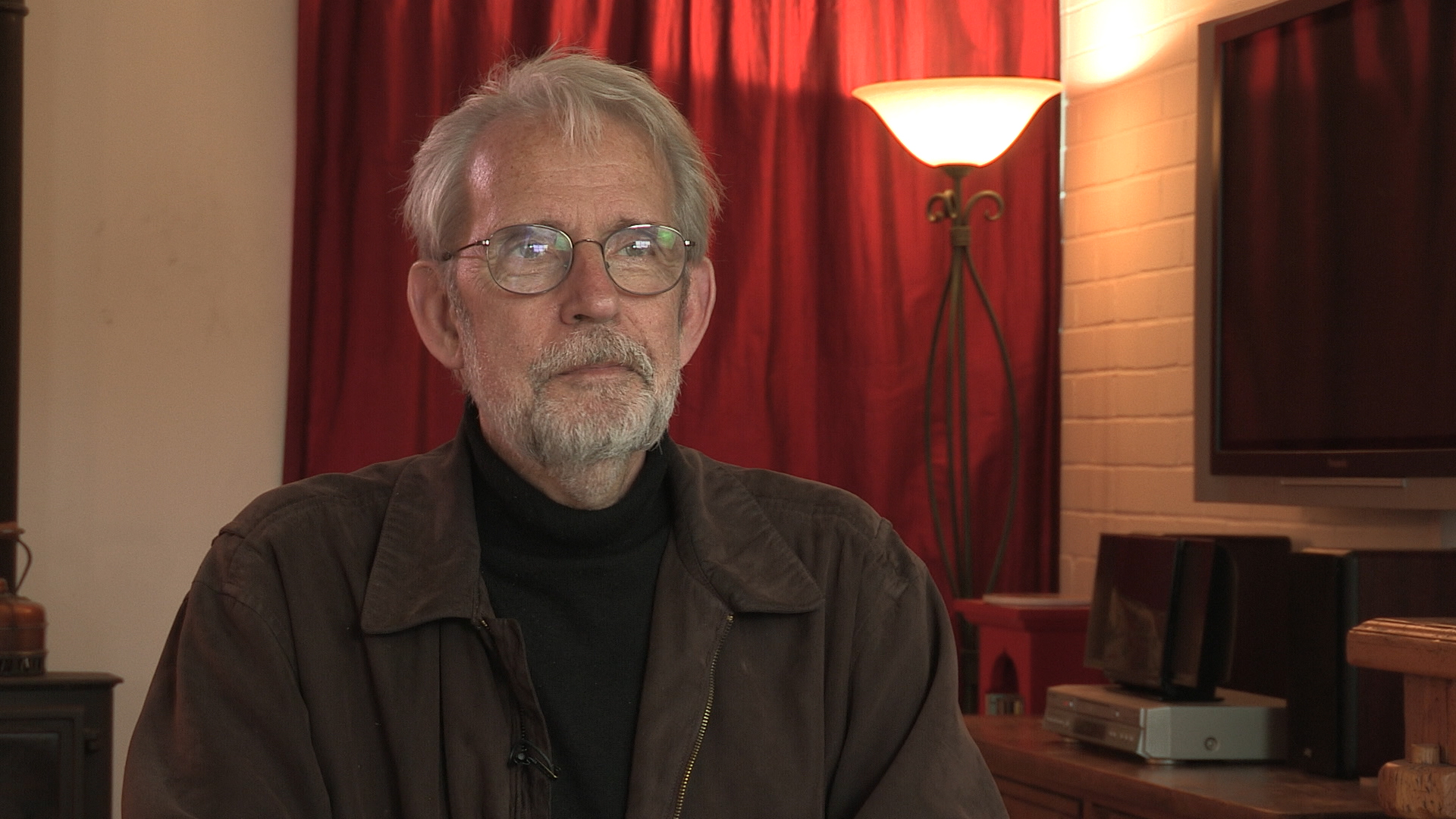NEXT STORY

The power of the single-take film
RELATED STORIES

NEXT STORY

The power of the single-take film
RELATED STORIES


|
Views | Duration | |
|---|---|---|---|
| 271. The Three Fathers of Film: Thomas Edison | 30 | 01:27 | |
| 272. My editing room feels like a butterfly factory | 28 | 04:41 | |
| 273. A sweet spot before teenage years that can determine your life | 29 | 04:26 | |
| 274. Why do people make films? | 31 | 02:44 | |
| 275. The role of emotion in the nature | 51 | 06:02 | |
| 276. MacLean's concept of the triune brain: logic, instinct, emotion | 72 | 01:37 | |
| 277. Film as an art based on myths | 30 | 04:14 | |
| 278. Film – medium with the biggest potential | 28 | 04:17 | |
| 279. Framing a face on film | 34 | 03:09 | |
| 280. Brave new world of film-making | 27 | 03:59 |


This concept is moving from the camera into the editing room because now more and more with software we are able to manipulate that distance later on. We could always do it even with film, but it was cumbersome and very expensive. Now it is something that you can do very easily and there are developments now, something called the [visual] field camera is being made available. You can buy it now for movies. I think it costs $150,000 so it's whatever that is – four times more expensive than the RED camera or the Panavision camera. But the field camera simply takes data at the time of filming, and you decide later where you want the focus to be, you decide later even what lens you want to use. You can make it telephoto or make it a wide-angle lens after the fact. You can change the framing very easily. You can even determine where you want the information to cease as a function of distance and probably many other things as well. So, if I'm photographing you who are perhaps... the back of you is maybe 8' 2.5” from me, the camera, I can say later anything that's further away than 8' 2.5” turn into nothing. Basically, it turns into a green screen. In fact, it's better than a green screen because it doesn't have a colour at all, it's just raw emulsion, so to speak, ready to have something else put there. So, right now, rather than a wall and a window, we could put the Amazon jungle behind you, just like that which is of a piece with everything that is happening and happening increasingly rapidly. That shooting a film, people are even starting to say, rather than shooting, we are... this is a period of acquisition which sounds like, I don't know, some kind of... the thrust of empire. We are 'acquiring' this and later we will decide what we want to do with it. Which has always, sort of, been the case, but now the decision level of what we are able to do is now at the level of the individual pixels out of which the image can later be constructed. With implications about what filmmaking is, and where decisions are made and what the Director of Photography is. You can change lighting, even, later. I mean, it's mind boggling. And it may be that it will now take 20 years to finish a film, because everything that you have to decide, you will decide later! And then, it all has to work together. I don't know. It's a brave new world! And, I'm looking at it with interest and, even participating in it up to a point, but there's... we're punting the ball down the field in a big way now, and we don't know yet what the implications of all of this are going to be.
Born in 1943 in New York City, Murch graduated from the University of Southern California's School of Cinema-Television. His career stretches back to 1969 and includes work on Apocalypse Now, The Godfather I, II, and III, American Graffiti, The Conversation, and The English Patient. He has been referred to as 'the most respected film editor and sound designer in modern cinema.' In a career that spans over 40 years, Murch is perhaps best known for his collaborations with Francis Ford Coppola, beginning in 1969 with The Rain People. After working with George Lucas on THX 1138 (1971), which he co-wrote, and American Graffiti (1973), Murch returned to Coppola in 1974 for The Conversation, resulting in his first Academy Award nomination. Murch's pioneering achievements were acknowledged by Coppola in his follow-up film, the 1979 Palme d'Or winner Apocalypse Now, for which Murch was granted, in what is seen as a film-history first, the screen credit 'Sound Designer.' Murch has been nominated for nine Academy Awards and has won three, for best sound on Apocalypse Now (for which he and his collaborators devised the now-standard 5.1 sound format), and achieving an unprecedented double when he won both Best Film Editing and Best Sound for his work on The English Patient. Murch’s contributions to film reconstruction include 2001's Apocalypse Now: Redux and the 1998 re-edit of Orson Welles's Touch of Evil. He is also the director and co-writer of Return to Oz (1985). In 1995, Murch published a book on film editing, In the Blink of an Eye: A Perspective on Film Editing, in which he urges editors to prioritise emotion.
Title: Brave new world of film-making
Listeners: Christopher Sykes
Christopher Sykes is an independent documentary producer who has made a number of films about science and scientists for BBC TV, Channel Four, and PBS.
Tags: editing, software, field camera, director of photography
Duration: 3 minutes, 59 seconds
Date story recorded: April 2016
Date story went live: 29 March 2017